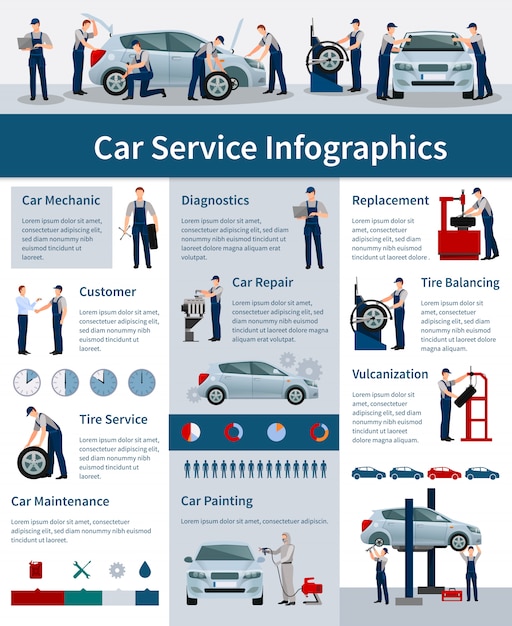Evaluating Your Auto'S Warning Indicators: What They Really Convey
Evaluating Your Auto'S Warning Indicators: What They Really Convey
Blog Article
Produced By-Lauritsen Dalgaard
When you lag the wheel, those glowing caution lights on your dashboard can be a little bit complicated. Do you know what they're attempting to tell you about your automobile's health and wellness? Comprehending the relevance of these lights is essential for your security and the longevity of your automobile. So, the next time one of those lights appears, would not you want to decode its message precisely and take the needed steps to address it?
Common Warning Lighting and Interpretations
Identify typical caution lights in your auto and recognize their definitions to ensure secure driving.
The most typical caution lights consist of the check engine light, which signifies concerns with the engine or exhausts system. If this light comes on, it's important to have your vehicle checked quickly.
The oil stress advising light shows reduced oil pressure, needing instant interest to avoid engine damages.
A flashing battery light could suggest a malfunctioning charging system, potentially leaving you stranded otherwise resolved.
The tire pressure monitoring system (TPMS) light notifies you to reduced tire pressure, impacting automobile stability and gas effectiveness. Neglecting this can bring about unsafe driving conditions.
The ABS light suggests an issue with the anti-lock braking system, compromising your ability to quit rapidly in emergencies.
Last but not least, the coolant temperature advising light warns of engine overheating, which can cause extreme damage otherwise solved quickly.
Comprehending these usual warning lights will certainly assist you resolve concerns without delay and keep secure driving conditions.
Significance of Prompt Attention
Recognizing the usual warning lights in your automobile is just the primary step; the value of immediately addressing these warnings can not be emphasized sufficient to ensure your safety and security when driving.
When a caution light brightens on your control panel, it's your auto's way of communicating a possible concern that requires focus. Overlooking relevant web site can result in more severe problems in the future, compromising your security and potentially costing you much more in repairs.
Trigger interest to alerting lights can avoid failures and crashes. For instance, a flashing check engine light could suggest a misfire that, if left unattended, might cause damages to the catalytic converter. Addressing this immediately can save you from an expensive fixing.
In a similar way, a brake system warning light could signal reduced brake fluid or worn brake pads, essential components for your safety when driving.
Do It Yourself Troubleshooting Tips
If you see a caution light on your control panel, there are a couple of DIY repairing ideas you can attempt before seeking professional aid.
The very first step is to consult your auto's handbook to recognize what the certain warning light indicates. Occasionally diamond detailing services can be as basic as a loose gas cap triggering the check engine light. Tightening the gas cap may deal with the trouble.
An additional typical problem is a reduced battery, which can cause numerous advising lights. Examining the battery links for rust and ensuring they're safe might repair the problem.
If a caution light lingers, you can attempt resetting it by separating the automobile's battery for a couple of minutes and then reconnecting it. Furthermore, examining your automobile's fluid levels, such as oil, coolant, and brake fluid, can help repair cautioning lights associated with these systems.
Conclusion
In conclusion, comprehending your auto's warning lights is essential for keeping your vehicle running efficiently and securely. By without delay addressing these alerts and understanding what they suggest, you can stay clear of pricey repairs and prospective break downs.
Bear in mind to consult your automobile's guidebook for certain information on each alerting light and take action appropriately to ensure a hassle-free driving experience.
ocd detailing notified, remain risk-free when driving!
